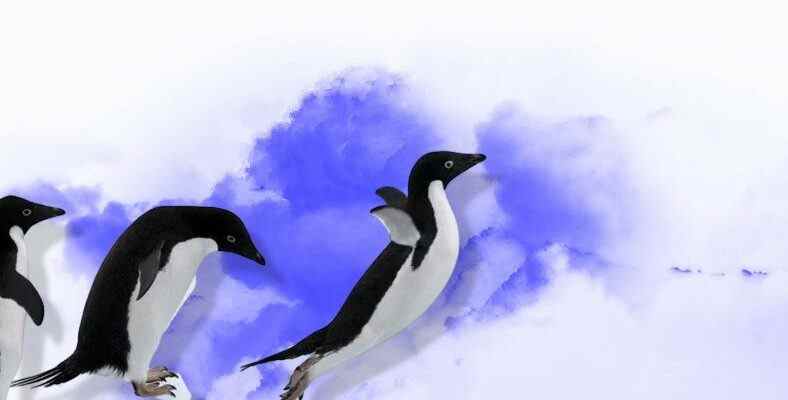More than 10,000 birds that once lived on Earth are known to be unable to fly. But of course there is a reason why they can’t fly. In this article, we told you the reasons for this.
Examining the DNA of fossils from flightless bird species, these birds became extinct 66 million years ago. evolved after dinosaurs conclusion has been reached. So, as the predators became extinct, these birds wanted to gather more energy and fat, and they constantly mingled with the soil to feed.
So these birds actually forgot their ability to fly. The descendants of flightless birds to the Mesozoic Era until it lasts. Let’s examine these interesting bird species together.
Ratites: The earliest ancestors of flightless birds
Ostriches, crested ostriches (cassowaries), nandus (rheas), kiwis, moas and emular are members of the ratites. These birds can’t fly the effect of anatomical structures is also quite large. For example, the spinal bone, which is attached to the pectoral muscles of flying birds, is absent in these birds. For this reason, the sternum of the ratites is flat and the wings are quite small. In addition, the bodies of such birds are excessively large compared to their wings. For this reason, these cute creatures unfortunately cannot find the strength in their wings to lift themselves. The essence of the word; their body structure makes them suitable for being earth birds, not sky birds.
Not all birds thought to be from the Ratit family actually belong to the same family tree.
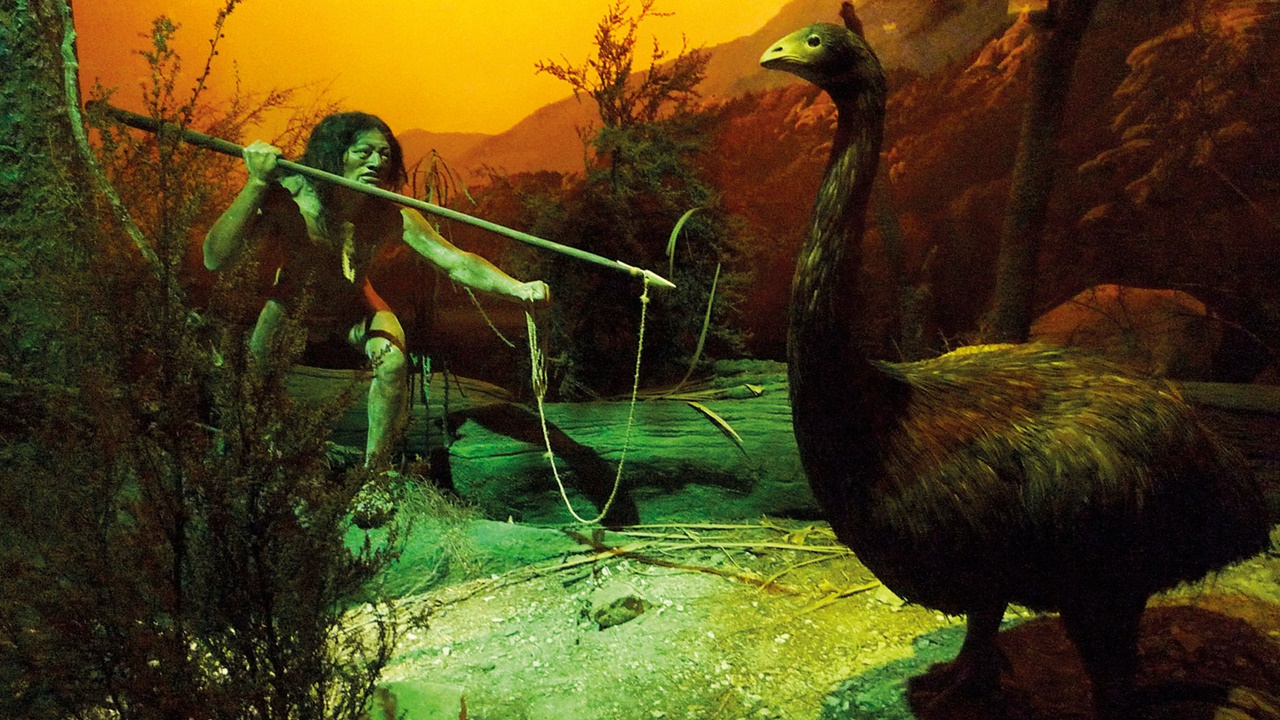
Moa Bird
It has been determined by scientific research that “moas”, which are already extinct until today, are another ancestor of flightless birds. For example, tinamou birds, similar to moas, did not exactly have the characteristics of ratites. The fact that their breasts are vertebrates distinguishes these birds from other Although it makes it similar to birds that can fly The bone structure of the palate regions was similar to ratites. In fact, there are physiological differences in these birds, as well as in the process of their evolution towards flightlessness.
Here are the flightless birds:
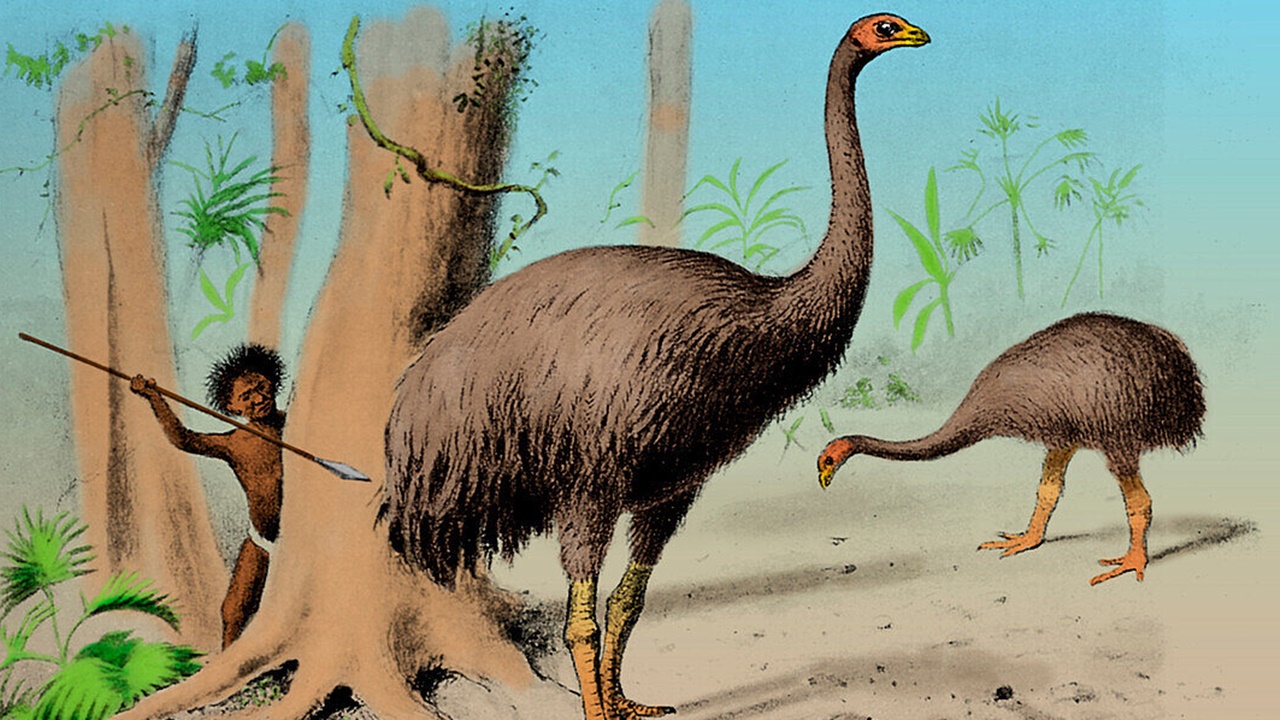
There are 18 species of penguins and none of them can fly. The fact that their wings are very short, thick and strong compared to other birds gives them success in swimming in water. They, too, waddle towards the water to swim, giving a sweet appearance.
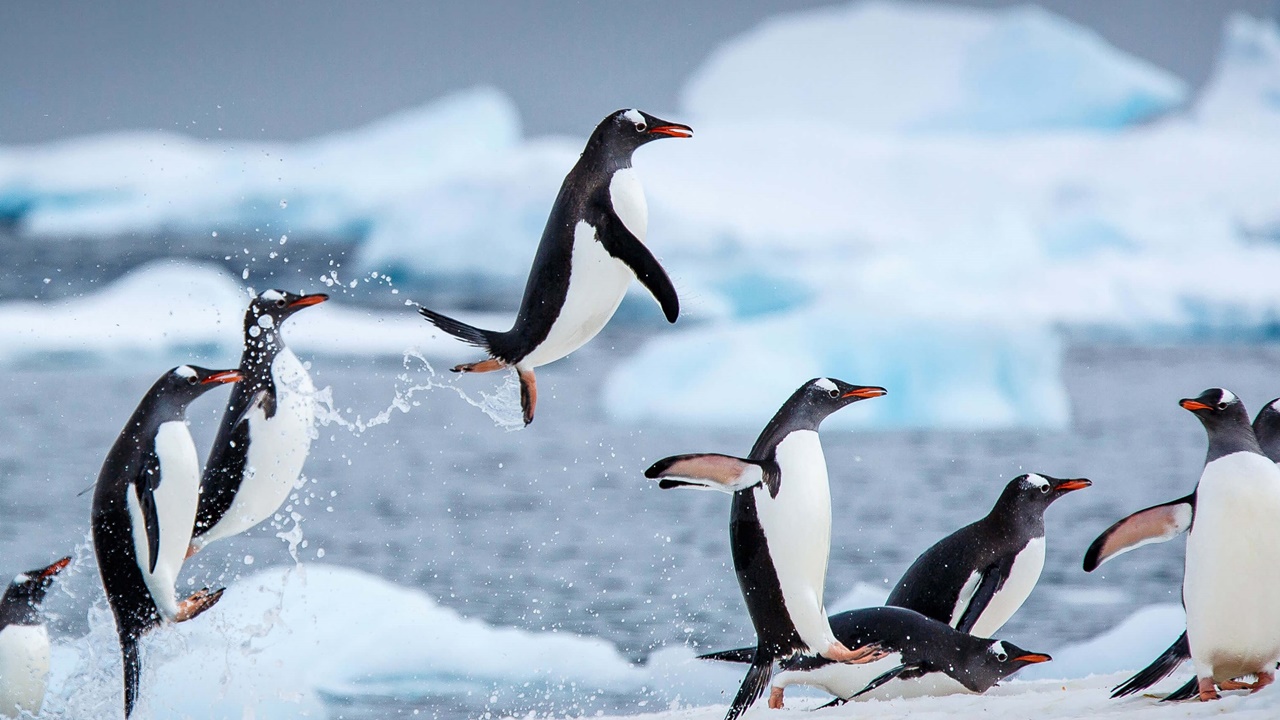
There are 4 species in the group of steamboat ducks, 3 of which are flightless. Usually the male ones, even if some fly because they are so fat He is unlucky in flying. Wekas are chicken-like birds that live in New Zealand. Although their heads and legs are like flying birds, they tend to walk because their wings do not have the ability to fly.
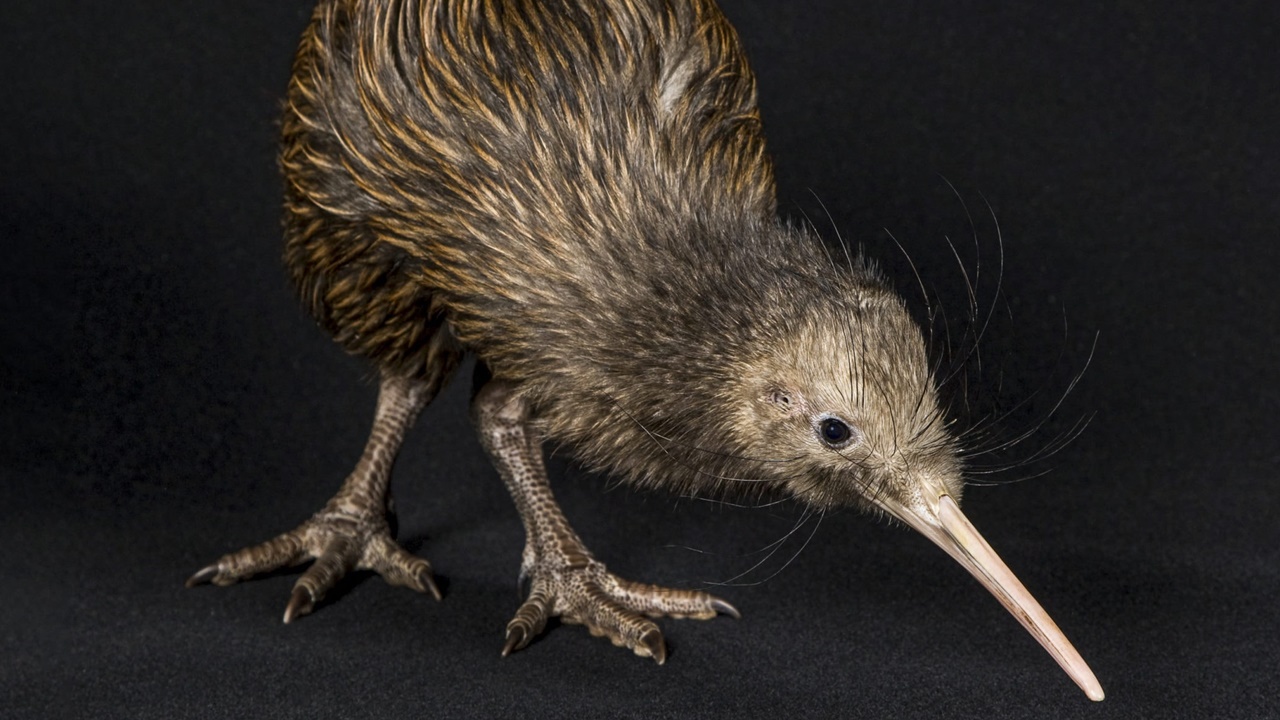
Kiwi Birds
On the other hand, kiwi birds cannot fly because their wings are atrophied. Kakapo, that is, owl parrots, entered the literature as the only flightless parrots in the world. As I mentioned above, even though ostriches can speed up to 72 kilometers per hour, because of their body structure they cannot fly. Takahe use their wings only to find mates, but they are unable to fly. These birds were known to be extinct until now; until it was rediscovered in 1948. Although the feathers of crested ostriches are a protective shield for them, that shield unfortunately cannot switch to flight mode.
So why did they become extinct so quickly compared to other birds?
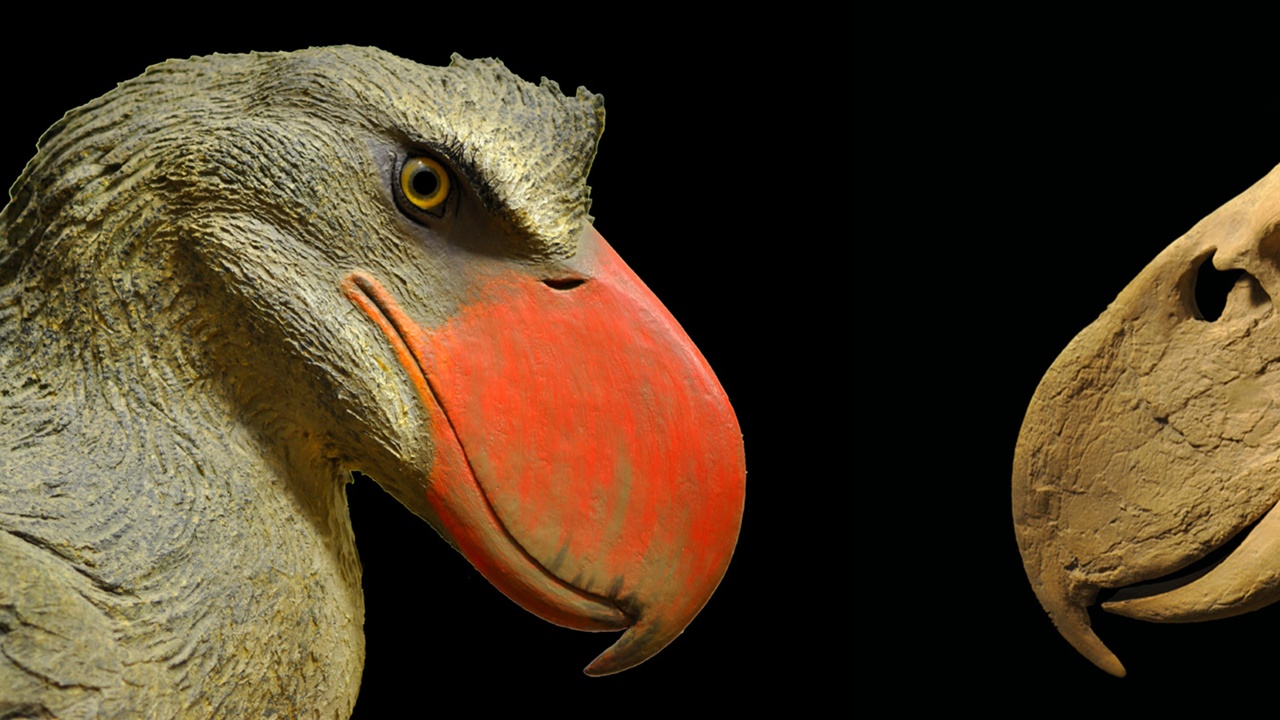
Ice ages and volcanic eruptions often lead to the extinction of many animals, but these birds are the biggest cause of extinction of humans. However, studies have shown that birds that lose their ability to fly are better than those that can fly. more prone to extinction it is said. 581 bird species have gone extinct in the last 126,000 years. Today, only 60 flightless bird species remain.
Now, when we look at the causes of the extinction issue in more detail, we can say first of all that it is never safe for these birds to live on the islands. Because when people started to settle on the islands, the ecosystem is against these birds. had changed. Since these birds do not even know how to fear humans, they became food for humans and their pets.
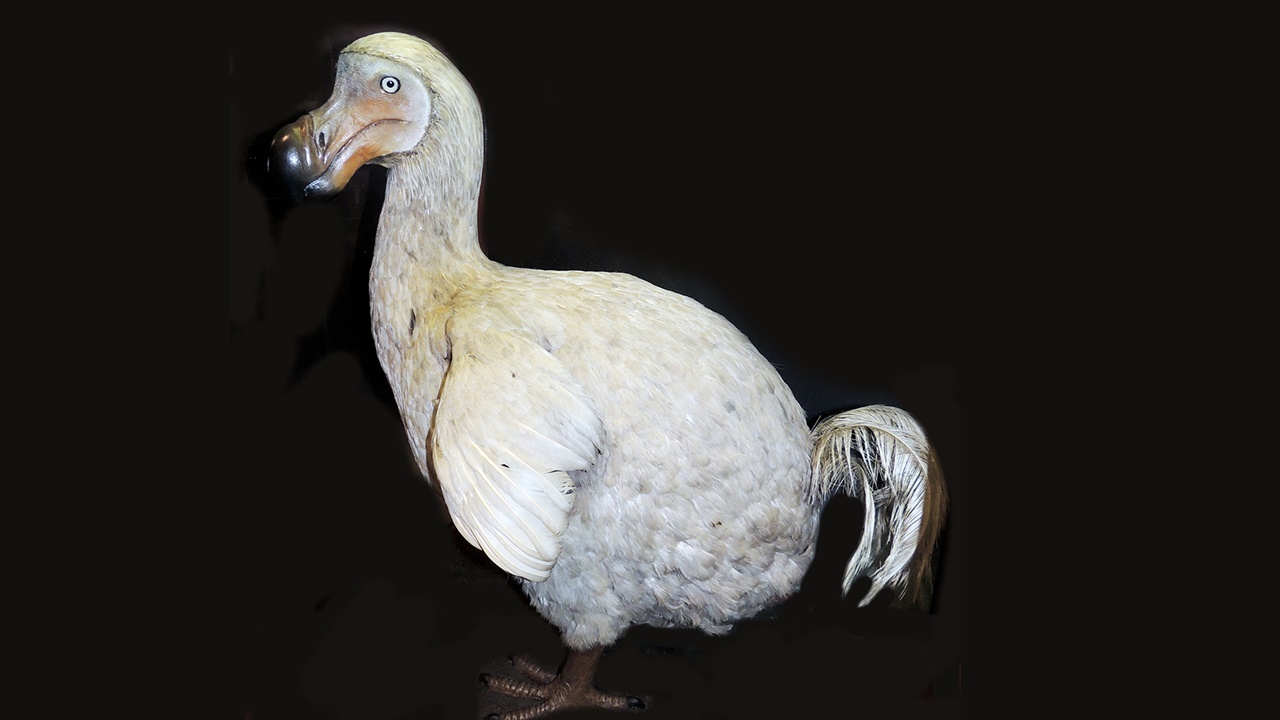
Dodo bird
For example, dodos became extinct quickly because they were easily prey birds. These birds, living in the forests of Mauritius, became a food source for humans and the pigs they brought when Dutch and Portuguese people discovered the island. In the same way, elephant birds were the birds that lived happily in Madagascar until about 1,500 years ago, but these bird species were also caused by urbanization. to deforestation sacrificed. Another example, the great auk birds, became extinct in 1844, as they began to be caught by humans while cruising along the North Atlantic coast in the 1800s.
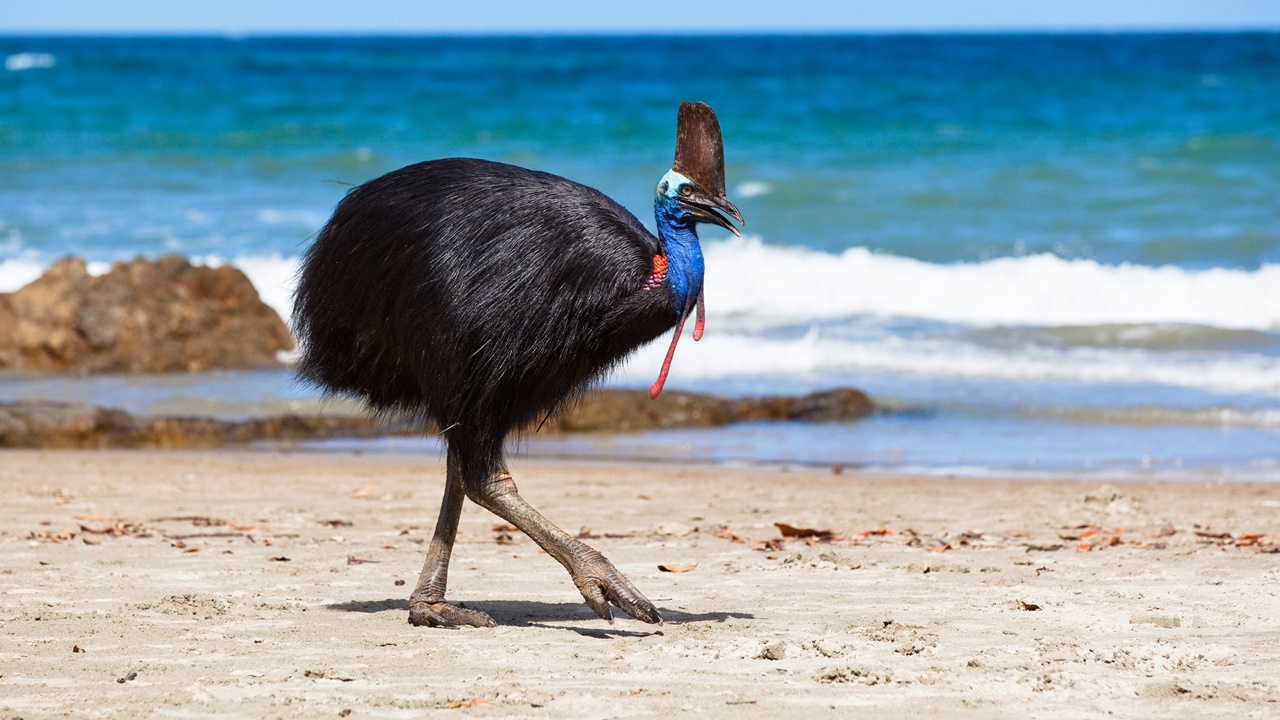
Endangered Cassowary bird
Actually, the interesting thing is; flightless birds evolved the flightless response in a predator-free environment. Again, interestingly, they became extinct just because of these features. So actually for them single danger predators it wasn’t. Humans, pigs, mice and many other different species were dangerous to these birds. They also perished because their inability to fly made them more vulnerable than flying birds. As we have seen, as long as every living thing does not act in accordance with its own nature, natural selection comes into play and it becomes inevitable for some to be eliminated.
Resources: Science ABC, Science ABC 2, New Zealand Geographic, Live Science, The New York Times
RELATED NEWS
